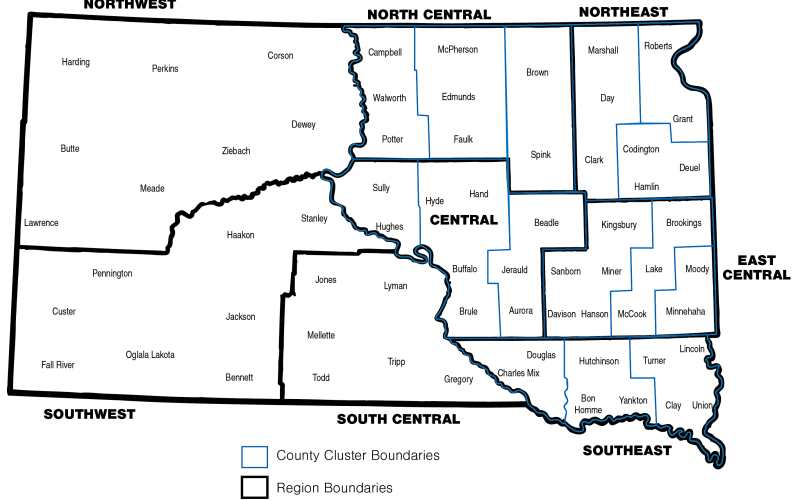Written collaboratively by Taylor Grussing, Jack Davis, Warren Rusche and Heather Gessner.
Getting started in the cattle business can be tricky for beginning cattlemen due to the amount of capital investment needed upfront. They likely cannot borrow enough money to buy everything that is needed to run an operation, as the four-legged stool of cattle production includes cattle, feed, equipment and labor. Many times, labor is the main asset that beginning cattle producers can bring to the table. This labor can be very valuable to a cattle owner looking for assistance in the operation or if they are looking to exit the cattle business within the next few years. Some ways this transition can take place is with cow share or rental agreements. It takes the right owner and operator to make a cow share agreement work and there are no two agreements that look exactly the same due to different contributions from each party. The main thing to keep in mind when setting up an agreement is that based on market conditions they are not always profitable for either party. However, you will not know until you put the pencil to paper.
Share Lease
The SDSU Extension Share Lease Calculator can be found by clicking on Livestock Decision Aids link in the footer of the new SDSU Extension website. This tool allows a producer to enter herd information, cash and indirect expenses, profit analysis and ownership percentages to determine total expenses with owner and operator shares, return on assets, operating margin and equitable percentage.
Variables to Consider
Here are some variables that should be considered when completing the form:*
- Number of cows and bulls
- Replacement cattle
- Value and quality of cattle
- Feed/pasture/crop residue per cow
- Machinery/utilities
- Labor & management from each party
- Veterinary
- Breeding
- Injuries/disease/act of god
- Insurance: lightening, drowning, theft
- Proof of ownership
- Transportation
- Repair and maintenance
- How shares will be divided (calf value or number of calves)
*Adapted from SDSU Extension Share Lease Calculator and Will Walter, SDCFRM.
We often rely on “rules of thumb” as mental shortcuts to guide business decisions. Sometimes these guidelines work well enough, but they can also lead to losses especially if the conditions change. Share leases are a great example. An old rule of thumb for cow share leases has been a 70:30 split, with the operator retaining 70%. However, due to dramatically higher pasture costs as well as increased labor expenses, it is not uncommon at all for equitable splits to approach 80:20. In addition, agreements should have a start and end date (usually Oct. to Oct or near weaning time), as well as a separate agreement to account for backgrounding or heifer development enterprises. More information on share leases and sample worksheets are available at Ag Lease 101.
Cash Leasing Beef Cows
If a young producer has some cattle but is looking to increasing cow numbers to best utilize available feed, renting cows might be an option. Cash rental rates are determined similar to share agreements by determining value of contributions and return on investment. The net return to livestock (estimated production returns minus expenses) is the most a livestock operator could afford to pay in rent. The operator would get to keep 100% of calf sales and all cull cow receipts from the leased cows would go back to the owner. With this example, fixed costs would be spread across more cattle and will hopefully help the young producer be more profitable. In addition USDA ERS reports annual hours per cow decreases by 50% when increasing cow numbers from 20 to 60 head. Therefore, determining the optimum number of cows needed to maximize efficiency per hour of labor is a valuable endeavor for new producers to consider.
All agreements should be in writing and agreed up by both parties. Also, be sure all expenses are covered and emergency/natural disaster situations are discussed. It also may be a good idea to have a lawyer or financial advisor review the agreements before parties sign the document to make sure nothing is missing. Agreements should be reviewed on an annual basis.


